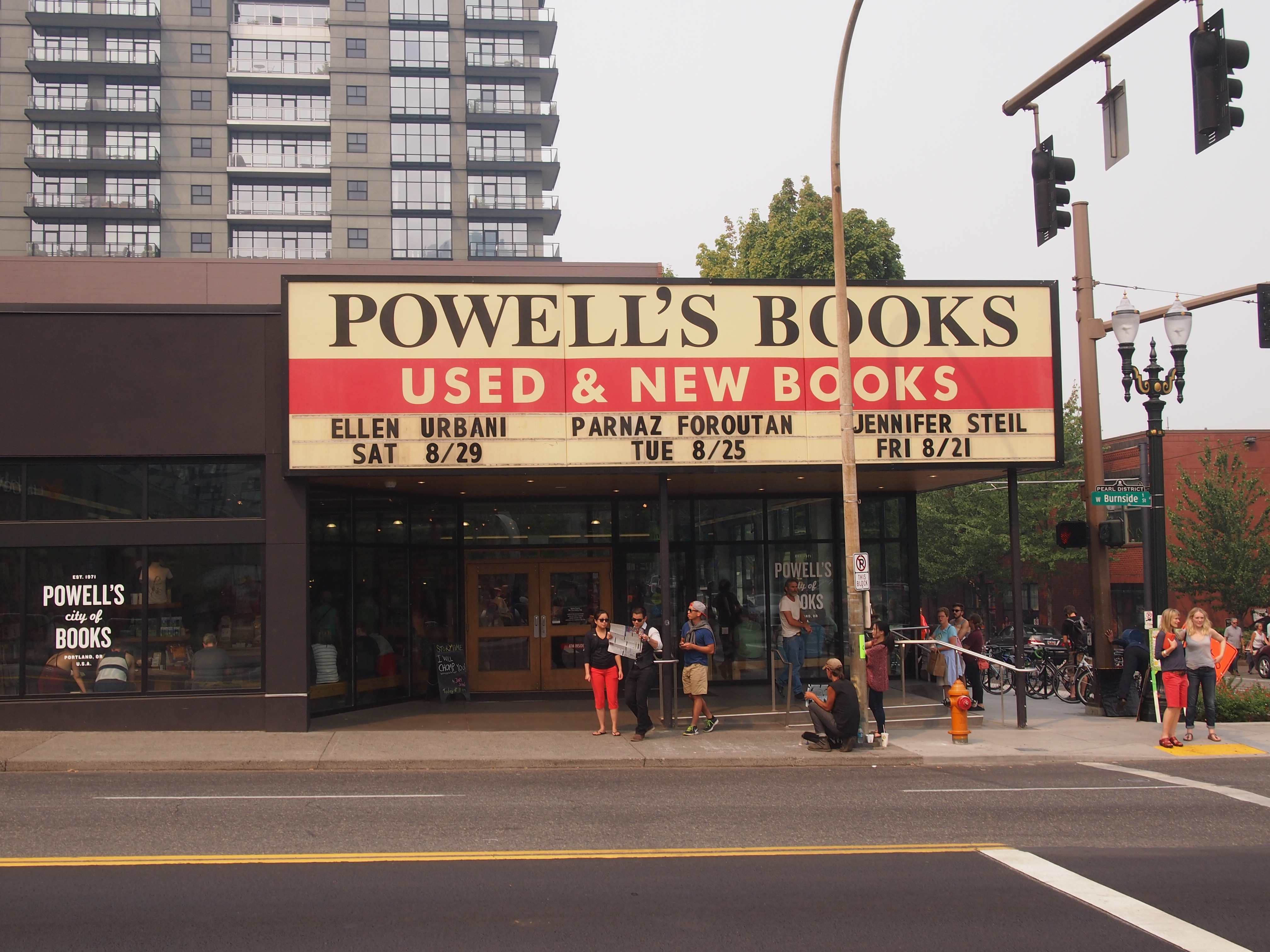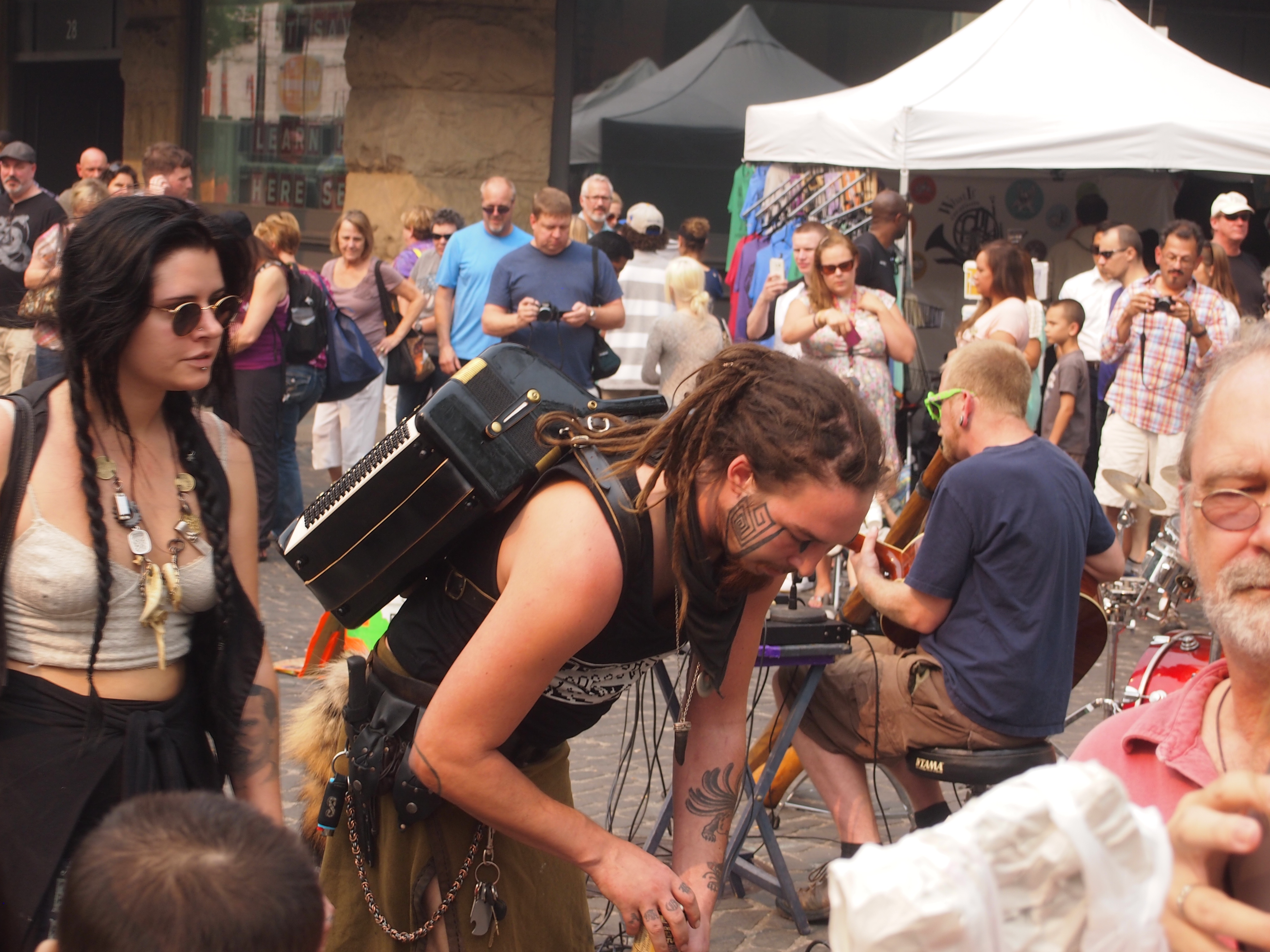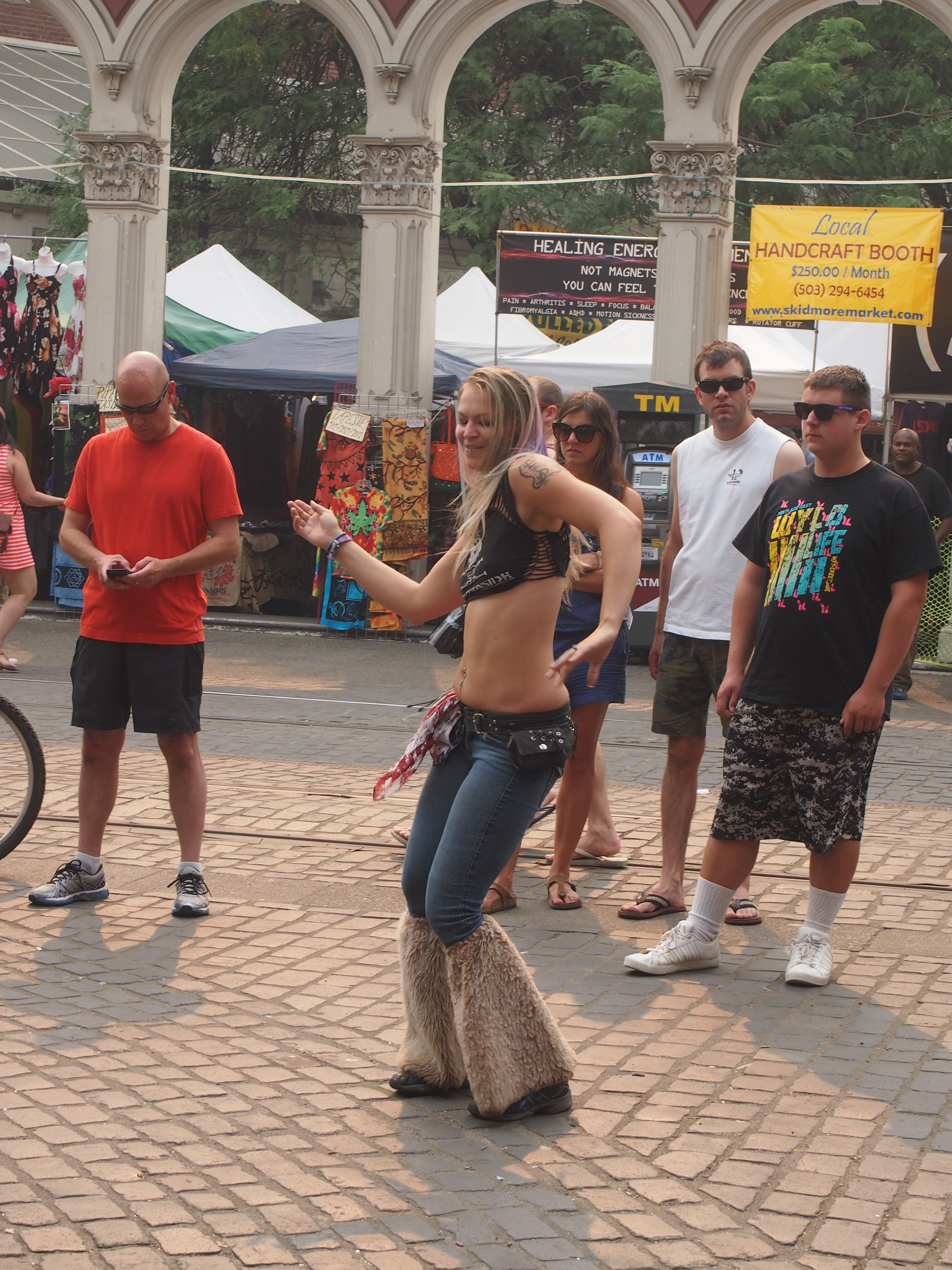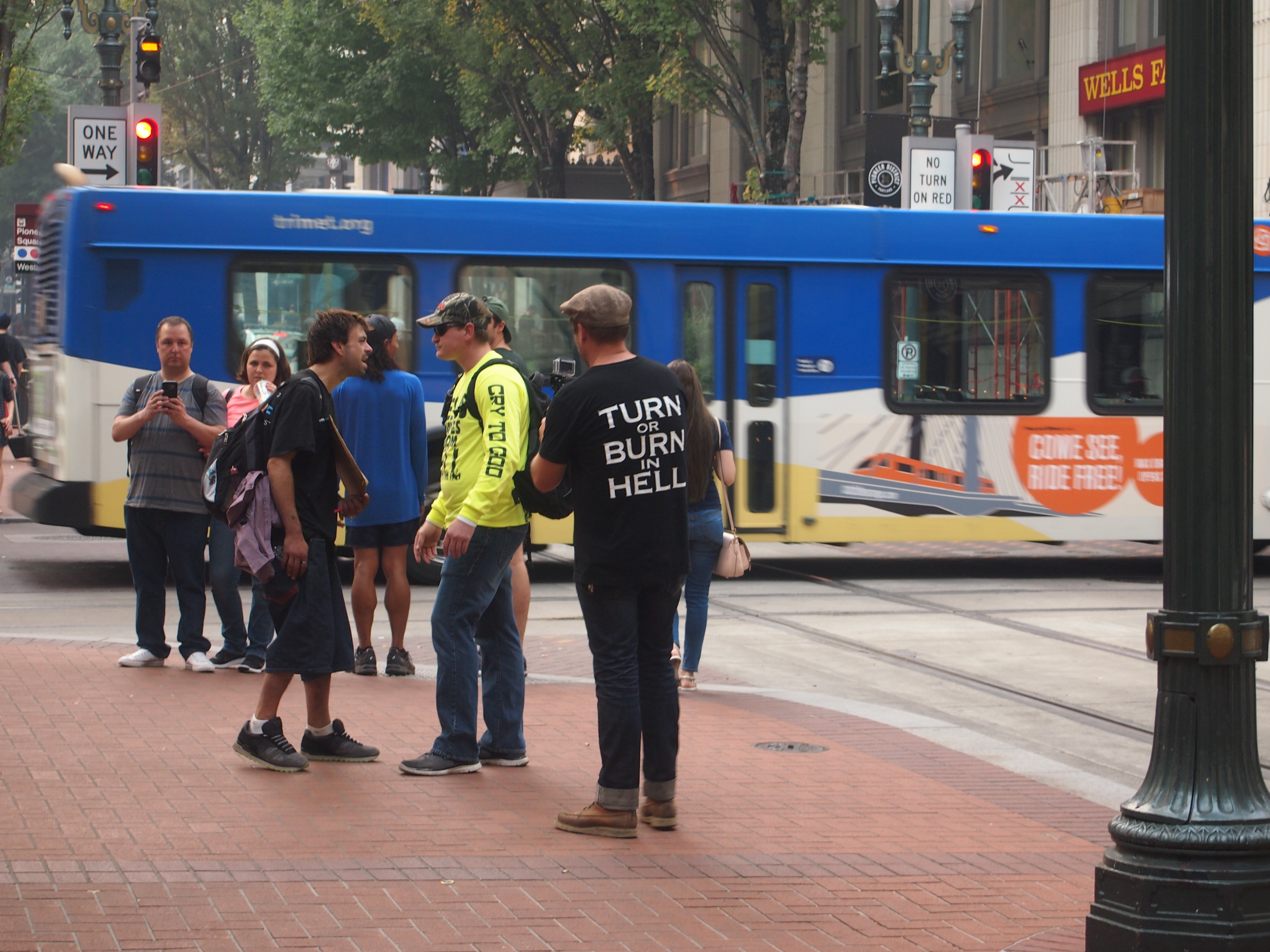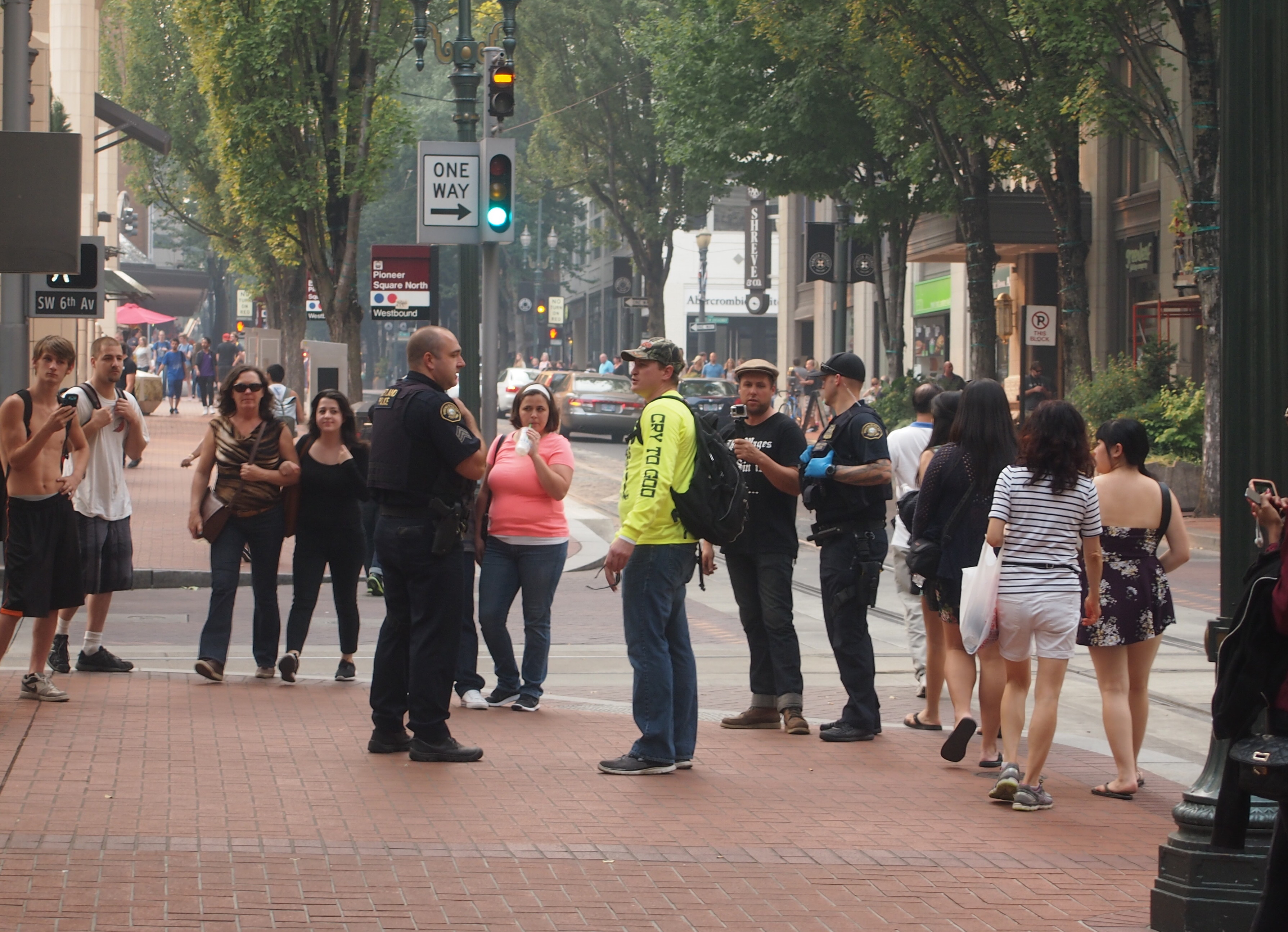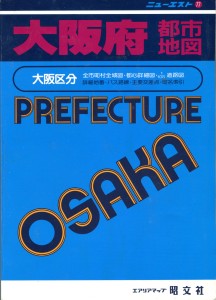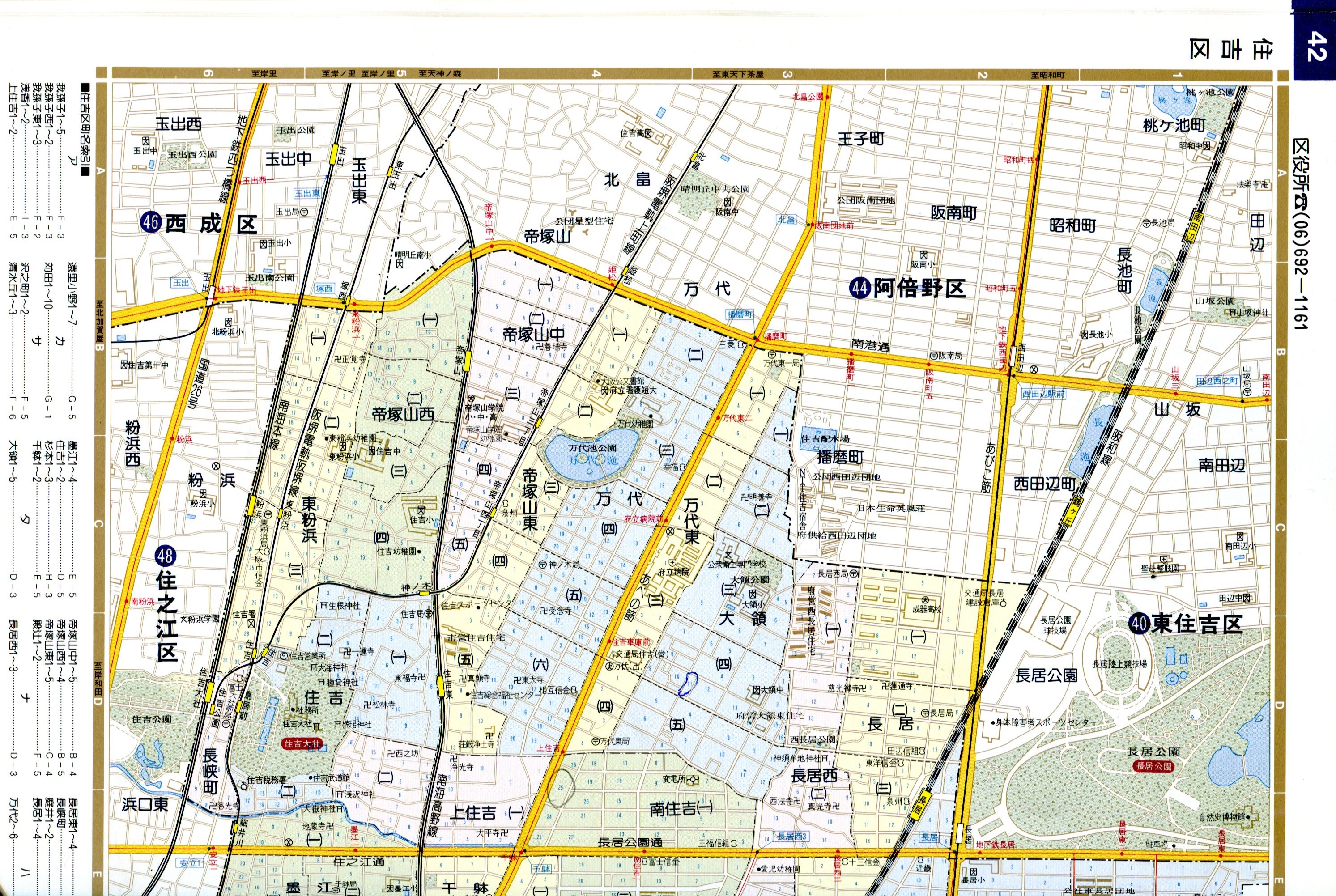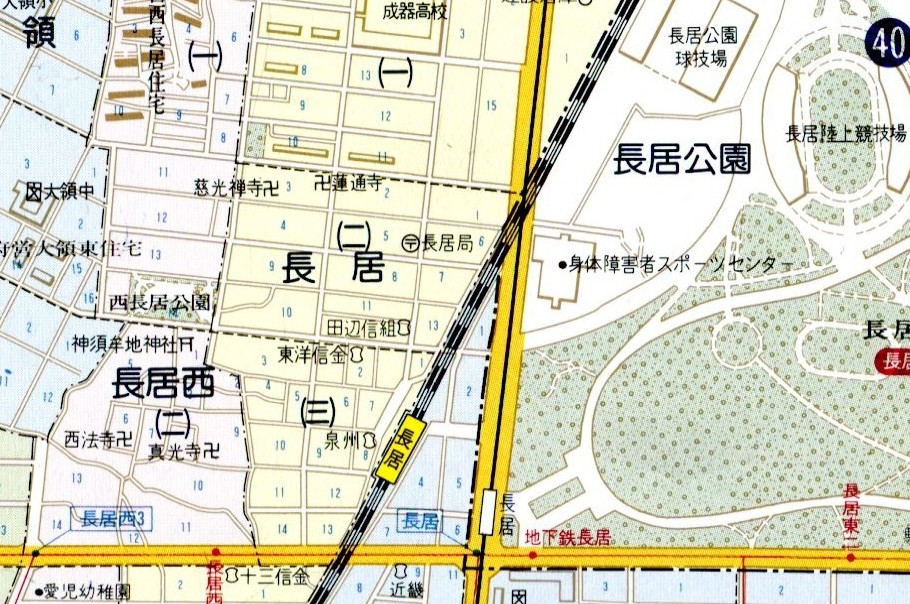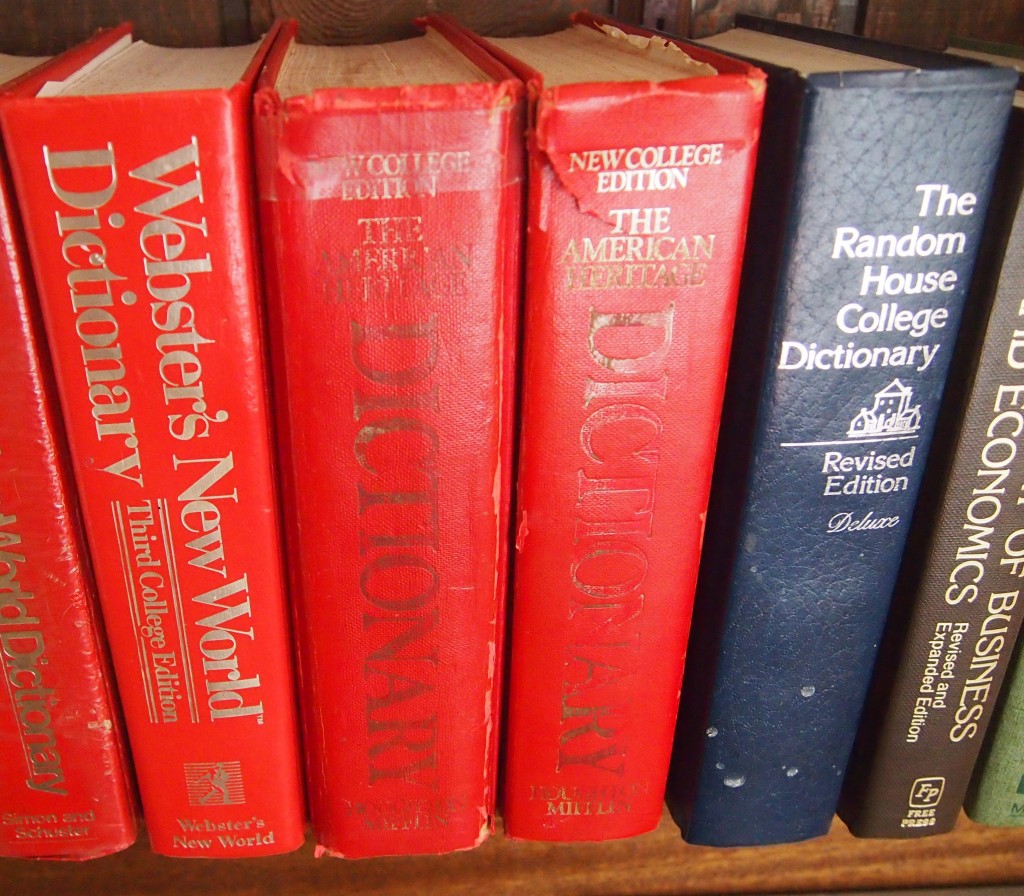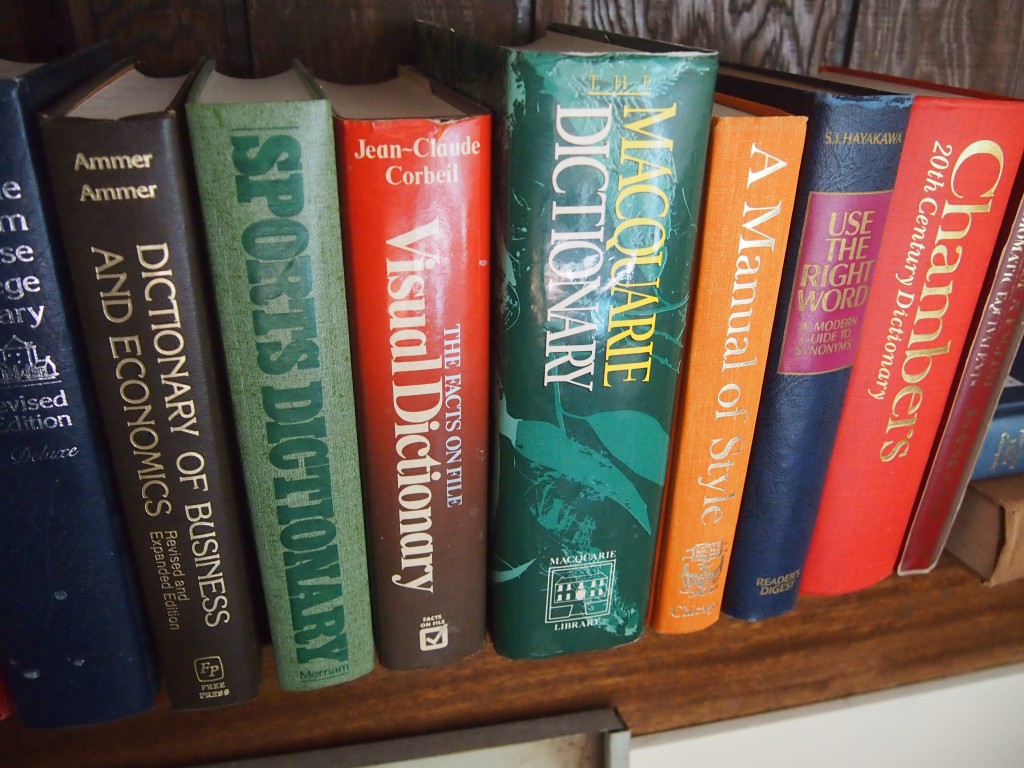Earlier this year, when I read about Prague in Patrick Leigh Fermor‘s A Time of Gifts, I found myself wondering, did I really visit the same city as he did? The answer is yes and no. He was there in 1934. I was there in 1994. That makes a considerable difference. But more importantly, he had a sharper eye for detail than I did, than I ever could hope to, and was informed by a better education and an all-around aptitude for the road.
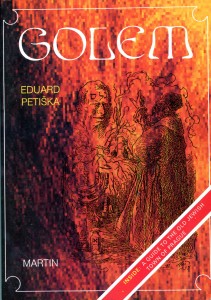 But at least I’d heard of the Second Defenestration of Prague, which made it a really cool moment when we saw the window from which it happened.
But at least I’d heard of the Second Defenestration of Prague, which made it a really cool moment when we saw the window from which it happened.
And I knew about the Golem. Or at least the concept. So I was interested in Prague to pick up Golem by Eduard Petiška, a Czech author and poet in a country that seems to take its poets seriously (and who managed to have an asteroid named after him). The book is his own telling of the various stories about Rabbi Loew of Prague and the creature he created to protect the Jewish population of the city. What is it about the Czechs and automatons? After all, another Czech author, Karel Čapek, gave the world the word robot.
Speaking of authors from Prague, we also made our way to one of the places where Kafka lived. It’s the little blue-hued structure on this pedestrian street. At the time you could buy his works inside. Probably that’s still true.
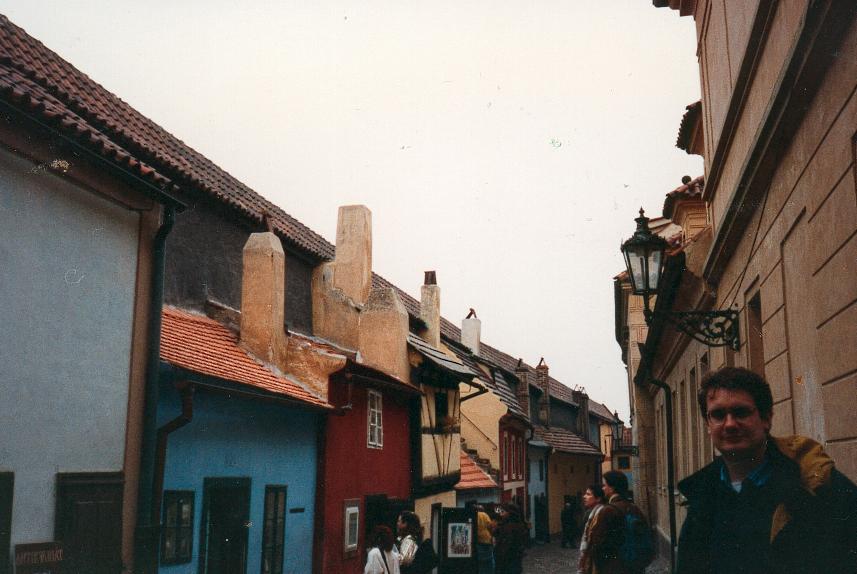
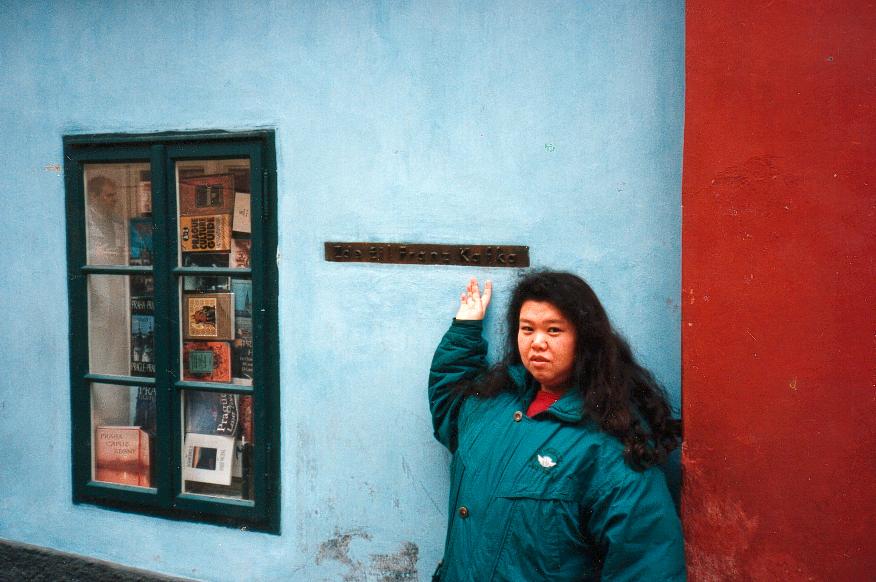 Kafka seems to be fairly well known in Japan, which might be something of a surprise, except when you consider the Kafkaesque elements of a salaryman’s life. Anyway, Yuriko was familiar with him.
Kafka seems to be fairly well known in Japan, which might be something of a surprise, except when you consider the Kafkaesque elements of a salaryman’s life. Anyway, Yuriko was familiar with him.
And why is it always Kafkaesque? Guess Kafka-ish or Kafka-like or Kafka-oid don’t convey that sense of dread in the face of anonymous, malevolent functionaries.


